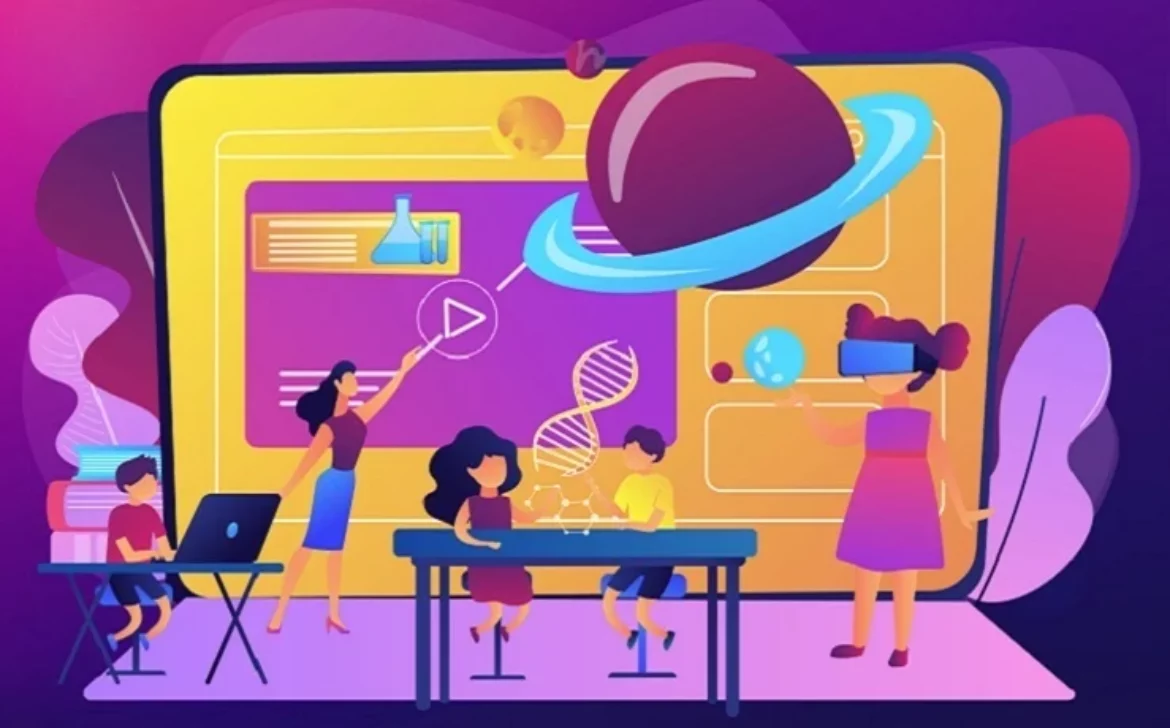Machine Learning in Business: Transforming Success through Data Insights
Introduction
Uncover the transformative impact of Machine Learning on businesses. Learn how predictive analytics, customer experience optimization, and operational efficiency are redefining success. Explore the path to leveraging data-driven insights for strategic advantage.
The Power of Predictive Analytics
Experience the accuracy of Machine Learning in predicting future trends. Discover how data analysis fuels informed decision-making, enabling businesses to seize opportunities and manage risks effectively.
Enhancing Customer Experience
Witness the role of Machine Learning in delivering personalized customer experiences. Explore the data-driven approach behind tailored recommendations, marketing campaigns, and elevated customer support.
Optimizing Operations and Efficiency
Unearth how Machine Learning streamlines operations by identifying inefficiencies. From inventory management to production processes, see how ML insights drive cost reduction and resource optimization.
Fraud Detection and Security
Delve into Machine Learning’s impact on fraud detection and security. Learn how ML algorithms safeguard financial transactions and customer data by swiftly identifying suspicious activities.
Supply Chain Management
Experience the transformation of supply chain management through Machine Learning. Real-time insights into demand, inventory, and logistics empower businesses to make informed decisions and ensure efficient product delivery.
Challenges and Considerations
Navigate the challenges of integrating Machine Learning in business. From data quality to privacy concerns, understand the factors that demand attention for successful implementation.
The Path Forward: Strategic Integration
Discover the strategic approach to integrating Machine Learning. Learn about fostering data-driven cultures, refining ML models, and aligning strategies with ethical considerations.
Conclusion
Machine Learning is reshaping business paradigms. Unlock the potential of data-driven insights to drive growth, enhance customer experiences, and optimize operations. By embracing Machine Learning’s transformative capabilities, businesses position themselves as leaders in data-centric industries, poised for enduring success.


















